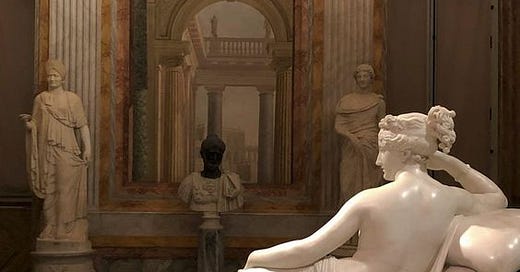Third in a series examining the historical influence of fashion on modern trends
The Neoclassical Period (1750-1850): The Era of the French Revolution.
The collapse of monarchies created a new era that has since laid the foundation of modern fashion. Reimagined over centuries and adapted for almost all aesthetics, Neoclassical’s elegant simplicity remains the most enduring and cyclical of all styles.
The draped, restrained elegance of Neoclassicism mirrored the graceful and resilient prayer for peace that was being sent to the gods by thousands of French citizens. As wars and revolutions exploded across Europe, we see style shift into something new, something personal.
Opposite of Baroque and Rococo, fashion was, for the first time, available to the Bourgeoisie. We see the introduction of the Empire Waist Line, shawls thrown over ones shoulder like Hera, the draping of garments so simple in their elegance it makes previous eras look rather obscene.
Fashion became more than just a benefit of your birthright: it became means of self-expression and a reflection of personal values. A subtle, yet resolute way to stand ones ground.
Now of course, ma chérie! If you wanted to elegantly rebel with the politically elite, it would have cost you dearly:
Nobility, high-ranking Clergy and the Bourgeoisie were wrapped in Indian silks, with intricate patterns woven together by hand. Dresses were flowing with draping silhouettes, detailed with embroidery and lace. Men wore fitted jackets and breeches made from velvet and wool, paired with cravats and fine, linen shirts.
The Peasantry, Sans-Culottes and Émigrés wore much simpler and practical attire. Created from coarse and durable fabrics that would last multiple seasons, functionality was key. Women wore loose-fitting tunics and gowns, while men pulled on breeches and simple shirts.
And now, without further adieu:
The First of its Kind: The Empire Waist Gown
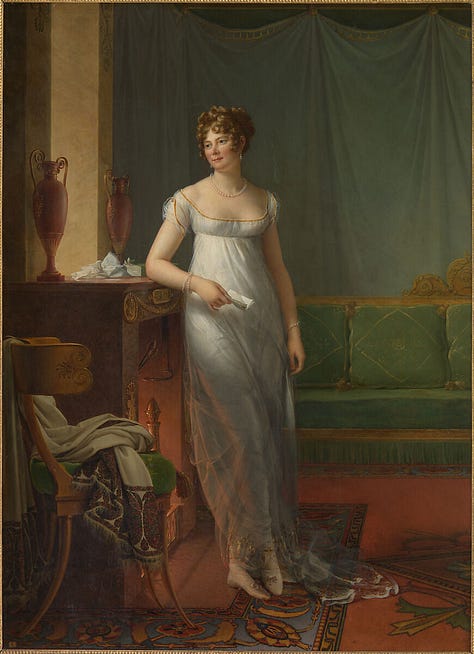
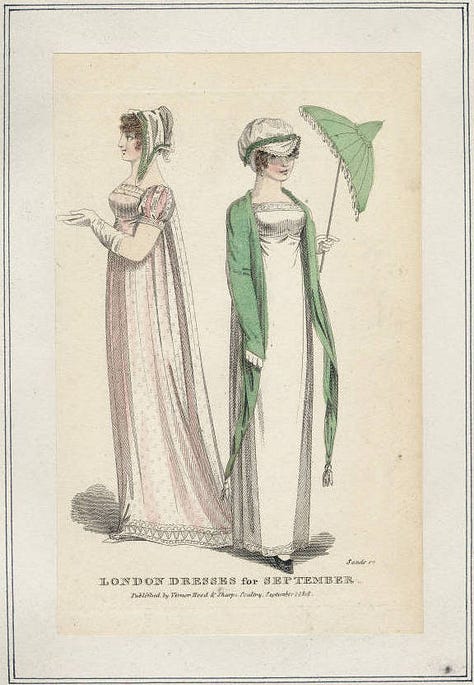

Modern Interpretations:
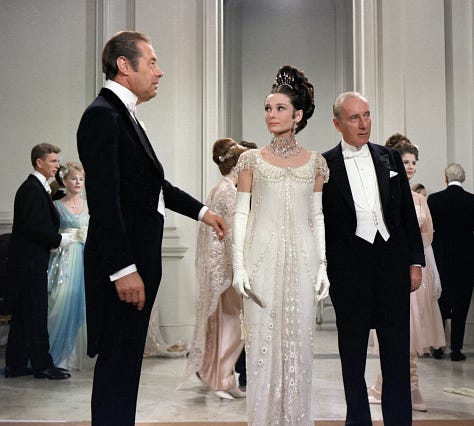


Draped Like a Goddess: The Shawl
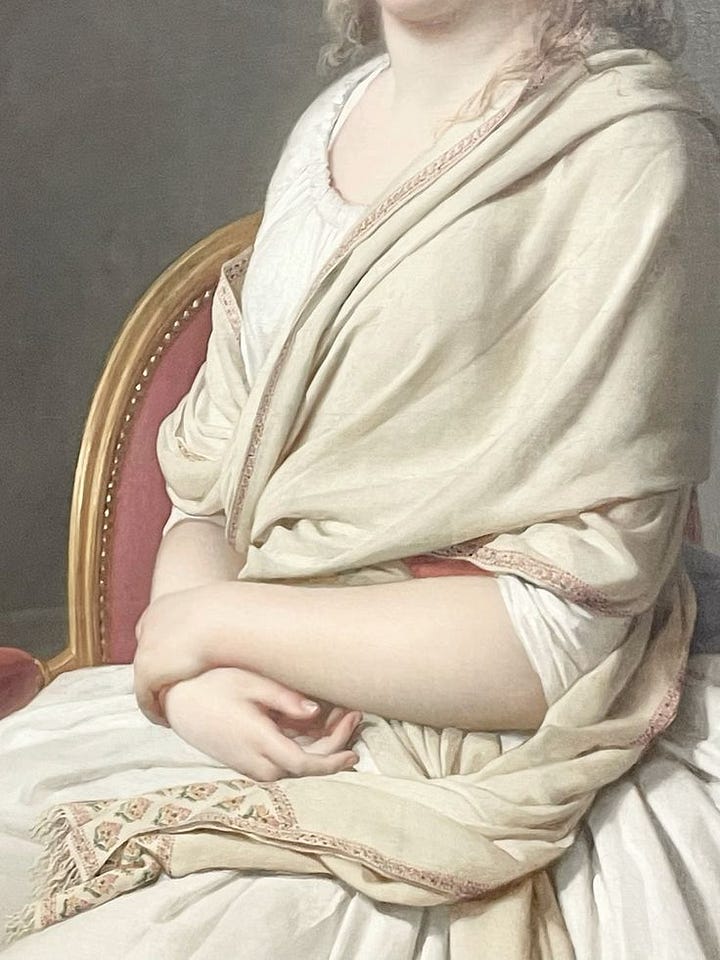
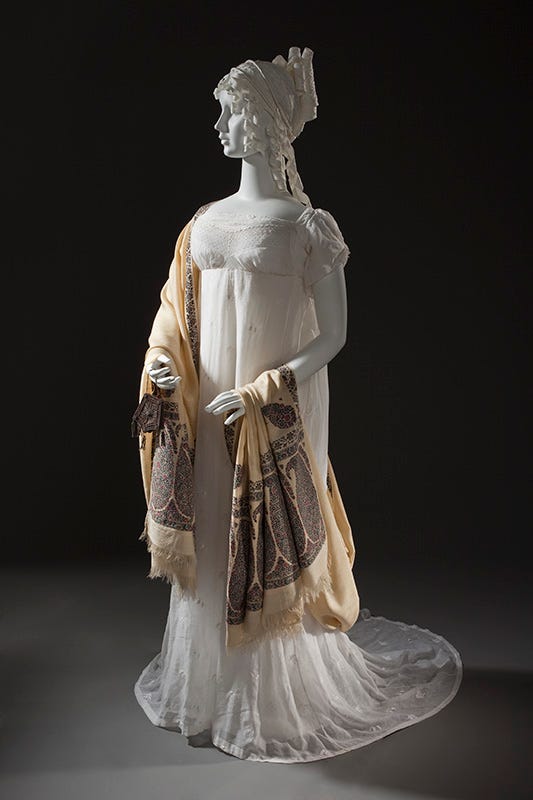
Modern Interpretations:

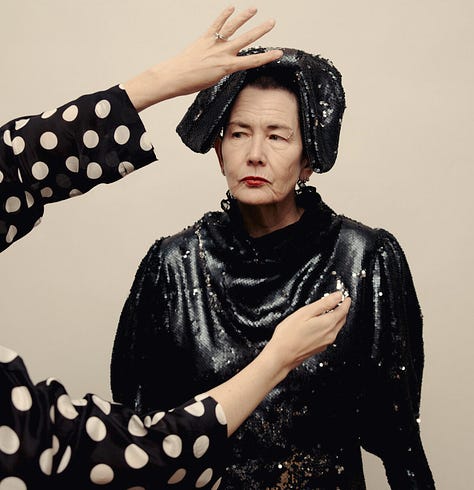

The Rise of Refrain: Men’s Tailored Frock Coats & The Evolution of the Trouser



Modern Interpretations:
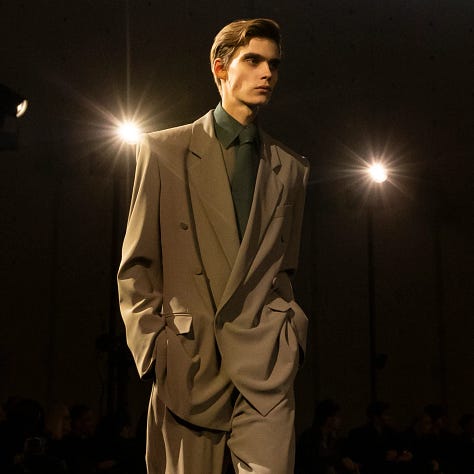


The Shock of Chemise à la reine!
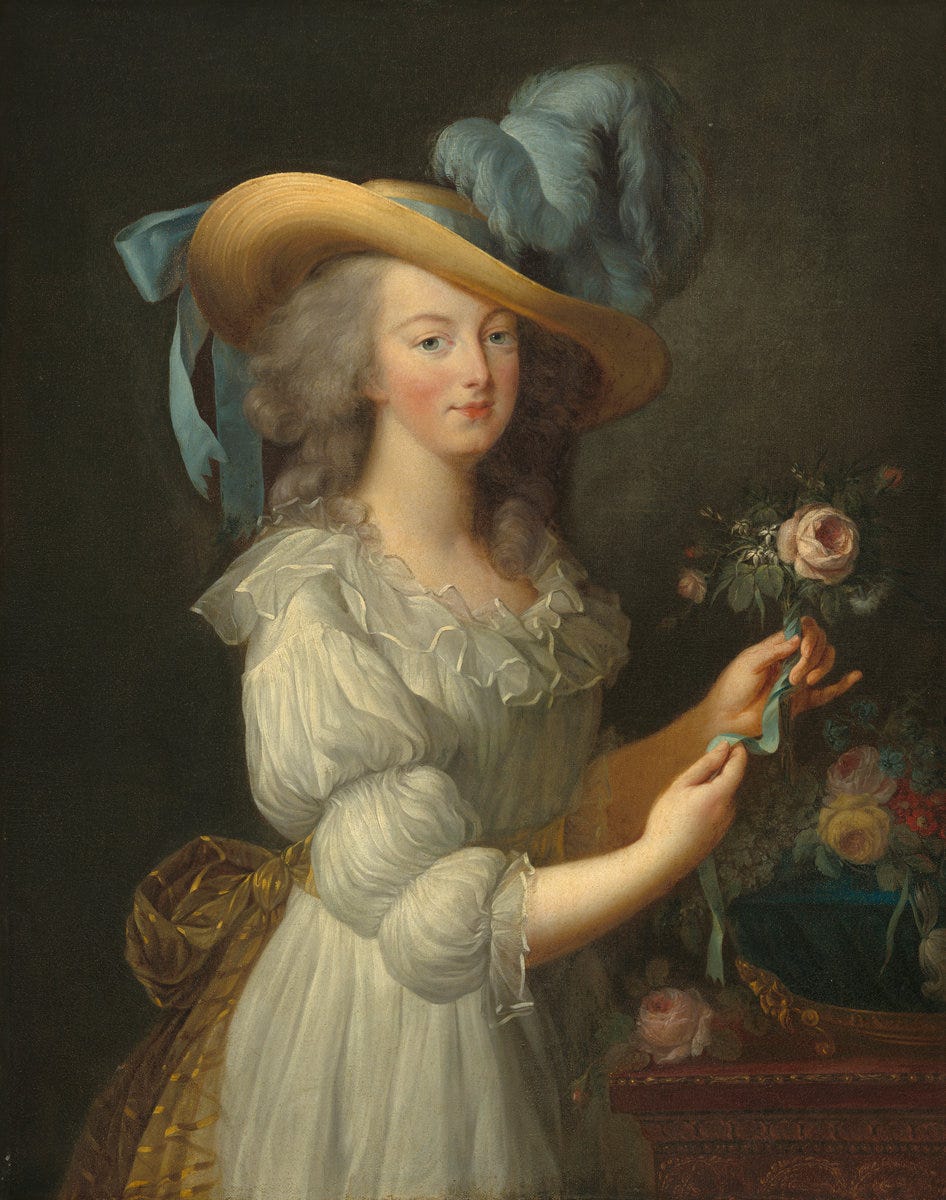
This official portrait of Marie Antoinette, done by Elisabeth Louise Vigée Le Brun suffered two deadly sins: Made of imported cotton muslin, and not French Lyonnaise silk, it was considered deeply unpatriotic, as well as being far too risqué for a queen. This portrait of caused such an uproar that it was removed from The Salon of 1783.
An interesting note: Reine is French for 'queen,' likely a subtle nod to Her Royal Highness, Marie Antoinette.
Modern Interpretations:



Throughout centuries of change we see these pieces emerge again and again. The Neoclassical Era, born from a time of political upheaval, gave us something truly precious: The backbone of our modern fashion. They tell the story of monarchies past, revolutions won, wars waged on the very basis of individual freedom. Fashion began to evolve into something more democratic, allowing for more people to express their inwards selves out through a new fashion.
As the empire waist and flowing drapery continue to grace our modern trends, the legacy of Neoclassicism endures. A reminder that fashion is so much more than mere fabric, it is our gateway to self-expression. Quietly, quietly, throughout the years, the whisper of this era guides us further into our self-discovery, cloaking us with the amour we need to face whatever lies ahead.
On a personal note: I want to tell you that your personal style is yours, and yours alone. No one can use it, influence it, change it, or behold it quite like you can. You can say anything you want, as much or as little as you please. You are singular in your ability to observe the outside world and dress in a way that you see fit. What a tremendous gift, to be so unique! What a privilege, to be exactly who you are.
Until next week, and with great personal aesthetic,
Alexandra Diana, The A List


